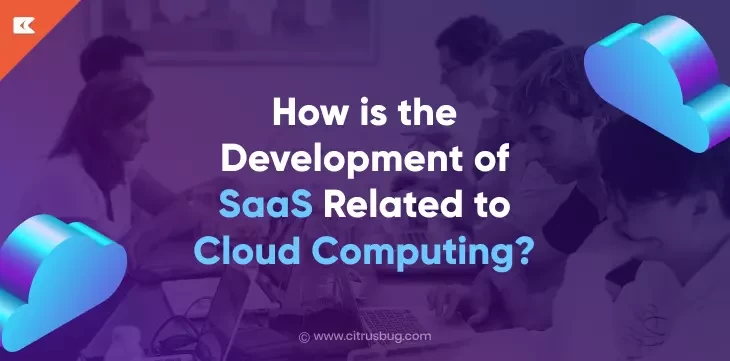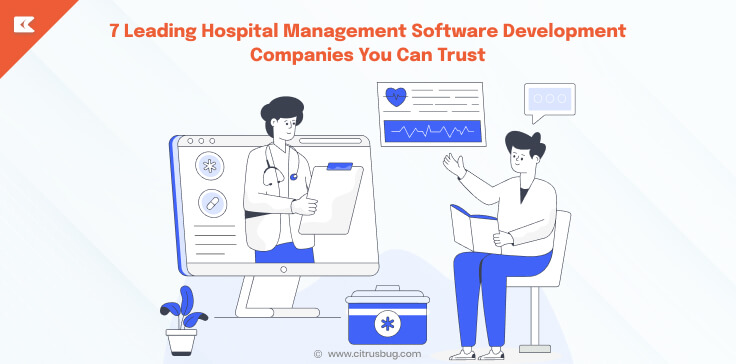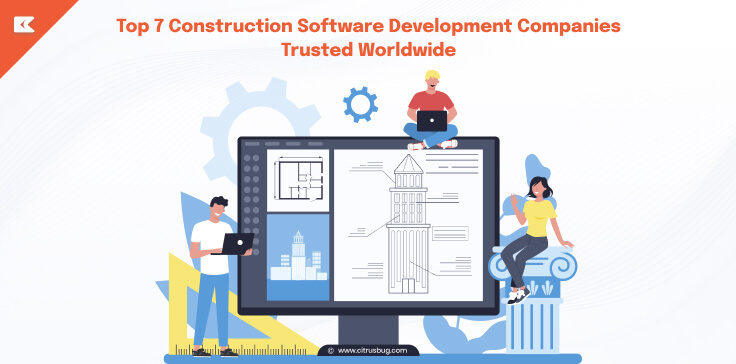How is the Development of SaaS Related to Cloud Computing?
- February 22, 2022
-
2431 Views
- by Ishan Vyas
Quick Summary
SaaS application development services and cloud services are two of the most popular modern-day technologies. Often used for one another, both terms are different but have many things in common. This blog post will help you understand the relationship between SaaS applications and Cloud services.
Cloud services and SaaS app development are two terms that confuse many people. Some think they’re the same and use them interchangeably, while others think they’re different but don’t know why. The confusion grows even more when you see terms like cloud-based application development, Saas, IaaS, PaaS, etc.
If you’re someone perplexed by this lack of clarity, then let us spoil the beans for you. Cloud computing and SaaS development process are not the same things. However, they have many similarities, and their line is blurred. This blog post will help you get a clear view of this line by understanding both concepts and their customer relationship management.
Let’s get started!
Back to Basics: What is Cloud Computing?
Cloud services is exactly what it sounds like. It is the availability of computer resources on demand, such as storage, databases, analytics, and computing power. For businesses requiring intensive computing tasks, such as machine learning or 3D rendering, evaluating Cloud GPU Pricing is essential for balancing performance and cost efficiency. Before cloud computing, users had to install system resources locally before cloud services was available. Moreover, users were responsible for maintaining the environment and installing the system.
On the other hand, Cloud computing allows users to access all these services through the provision of data centers over the Internet to them. Cloud computing does not require local installation. Instead, the cloud service provider performs the management of the servers. This approach to computing greatly improves the efficiency and ease of software applications, data storage and other system resources.
Cloud-based software allows you to access it anywhere and anytime via the Internet. All you need is an internet connection and log into the system using a web browser. You can use a phone, a computer or a desktop computer.
The demand for cloud computing is rising worldwide as the global cloud computing market is expected to grow at a compound annual growth rate (CAGR) of 16.3% over the next five years. It is expected to reach the market size of USD 947.3 trillion by 2026.
Types of Cloud Computing Deployments
Not all cloud computing is the same. Cloud services can be deployed in three ways: public, private, or hybrid. Let’s see each one in a bit more detail.
Public Cloud: Owned and managed by third-party cloud providers, these providers deliver computing resources over the Internet, such as storage and servers, to their customers. A prime example of a publicly available cloud is Microsoft Azure. A public cloud means that all hardware, software, and supporting infrastructure is owned and managed entirely by the cloud provider. Users can access and manage these services via a web browser.
Private Cloud: These are cloud computing resources only used by one business or organization. Private clouds can be located at the company’s data center. Many companies even pay third-party service providers to host the private cloud. In simple words, private clouds are those in which services and infrastructure are hosted on a private network.
Hybrid Cloud: This type of cloud combines private and public clouds, allowing data and applications to be moved between public and private clouds. They are linked by technology that facilitates data to be shared and applications to be exchanged between them. Hybrid clouds pave the way for more flexibility and deployment options for your saas business model.
Cloud Computing Stack: IaaS, PaaS & SaaS
|
IaaS (infrastructure as a service) |
PaaS (platform as a service) |
SaaS (software as a service) |
|
It is a cloud service in which a vendor gives users access to computing resources like storage, networking, servers, and other computing resources. |
PaaS allows users to develop, manage and deliver their applications in a cloud environment. |
Software as a Service is a way to deliver software applications via the Internet on-demand and often on a subscription basis. |
|
Instead of buying hardware upfront, users can pay for IaaS as they need it. The processing and storage requirements of the infrastructure can be adapted to make it scalable. |
Users can use prebuilt tools to create, customize, test, and store their applications. This allows organizations to concentrate on their development and not worry about the infrastructure. |
SaaS vendors offer software and apps to users using a subscription-based model. SaaS providers take care of the software installation and maintenance for users. |
|
They’re primarily used by and intended for network architects. The infrastructure allows cloud based application development. |
If you’re a developer or a SaaS application development company, you can use PaaS applications to build software and applications on the cloud. |
A typical SaaS application is developed by a SaaS software development company and used by end-users through the cloud. |
|
Popular examples of IaaS are DigitalOcean, Amazon Web Services (AWS), Cisco Metapod, Microsoft Azure, Google Compute Engine (GCE), etc. |
AWS Elastic Beanstalk, Heroku, Force.com, Google App Engine, Apache Stratos, OpenShift, etc., are the most widely used PaaS platforms. |
Some of the most popular SaaS applications are Google Workspace, Netflix, Spotify, Dropbox, Quickbooks, Salesforce, Zoom, etc. |
Here’s a great post to take your search for a SaaS application development company in the right direction
SaaS & Cloud Computing: Here’s How they Relate
So, are cloud computing and SaaS the same? As we can understand from the above discussion, the answer to this question is a ‘No.’ SaaS is a subset or sub-service of cloud computing as cloud based application development makes it possible to run many SaaS applications.
Thus, not all cloud applications can be considered in SaaS market, but a vast majority of SaaS apps can be termed as ‘cloud applications.’ Cloud computing provides the necessary computing power and infrastructure to run SaaS applications.
SaaS in cloud computing works on the principle of subscription as users need to subscribe to SaaS software available on the cloud. This eliminates the need to buy and install the application on their computer or device. They can access the SaaS apps via the Internet using their login credentials. restricts access to those who have purchased a valid subscription.
What did We Learn?
Many people use cloud computing and SaaS interchangeably, but there’s no reason to do so. Cloud computing is an umbrella term that encompasses IaaS, PaaS and SaaS. When you’re using a SaaS application, you’re essentially using it because the power of cloud computing backs it.
To understand the relationship between both in a simple way, we can use an analogy in which cloud computing represents electricity that powers the SaaS industry.
Take Your SaaS Game to the Next Level with CitrusBug
CitrusBug is a leading SaaS development company backed by years of experience and expertise. We pride ourselves on our capabilities to develop customized SaaS applications that help you overcome your business challenges. We’d suggest you start with a 15-day Risk-Free Trial to experience what our world-class SaaS developers can do.



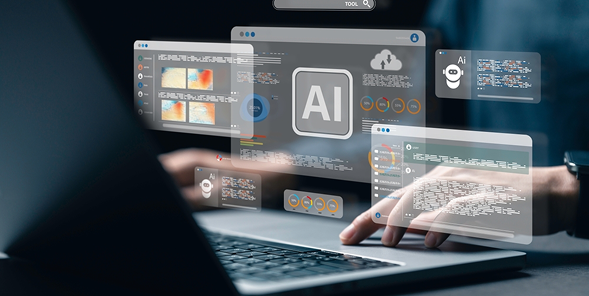

 SaaS Development
SaaS Development Web Application Development
Web Application Development Mobile Application Development
Mobile Application Development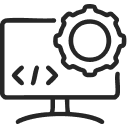 Custom Software Development
Custom Software Development Cloud Development
Cloud Development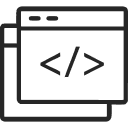 DevOps Development
DevOps Development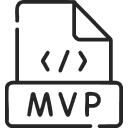 MVP Development
MVP Development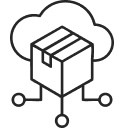 Digital Product Development
Digital Product Development Hire Chatbot Developers
Hire Chatbot Developers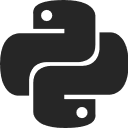 Hire Python Developers
Hire Python Developers Hire Django Developers
Hire Django Developers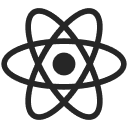 Hire ReactJS Developers
Hire ReactJS Developers Hire AngularJS Developers
Hire AngularJS Developers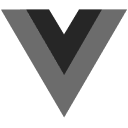 Hire VueJS Developers
Hire VueJS Developers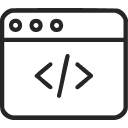 Hire Full Stack Developers
Hire Full Stack Developers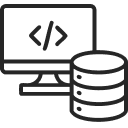 Hire Back End Developers
Hire Back End Developers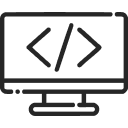 Hire Front End Developers
Hire Front End Developers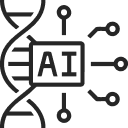 AI Healthcare Software Development & Consulting
AI Healthcare Software Development & Consulting Healthcare App Development
Healthcare App Development EHR Software Development
EHR Software Development Healthcare AI Chatbot Development
Healthcare AI Chatbot Development Telemedicine App Development Company
Telemedicine App Development Company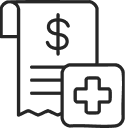 Medical Billing Software Development
Medical Billing Software Development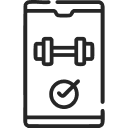 Fitness App Development
Fitness App Development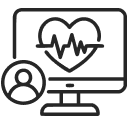 RPM Software Development
RPM Software Development Medicine Delivery App Development
Medicine Delivery App Development Medical Device Software Development
Medical Device Software Development Patient Engagement Software Solutions
Patient Engagement Software Solutions Mental Health App Development
Mental Health App Development Healthcare IT Consulting
Healthcare IT Consulting Healthcare CRM Software Development
Healthcare CRM Software Development Healthcare IT Managed Services
Healthcare IT Managed Services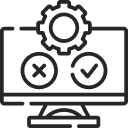 Healthcare Software Testing services
Healthcare Software Testing services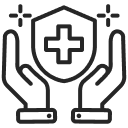 Medical Practice Management Software
Medical Practice Management Software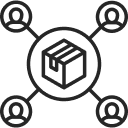 Outsourcing Healthcare IT Services
Outsourcing Healthcare IT Services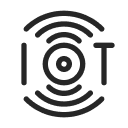 IoT Solutions for Healthcare
IoT Solutions for Healthcare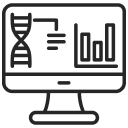 Medical Image Analysis Software Development Services
Medical Image Analysis Software Development Services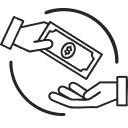 Lending Software Development Services
Lending Software Development Services Payment Gateway Software Development
Payment Gateway Software Development Accounting Software Development
Accounting Software Development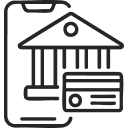 AI-Driven Banking App Development
AI-Driven Banking App Development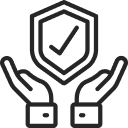 Insurance Software Development
Insurance Software Development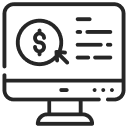 Finance Software Development
Finance Software Development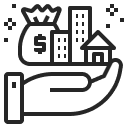 Loan Management Software Development
Loan Management Software Development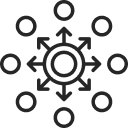 Decentralized Finance Development Services
Decentralized Finance Development Services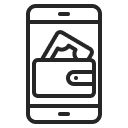 eWallet App Development
eWallet App Development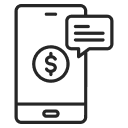 Payment App Development
Payment App Development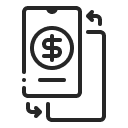 Money Transfer App Development
Money Transfer App Development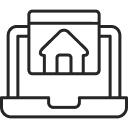 Mortgage Software Development
Mortgage Software Development Insurance Fraud Detection Software Development
Insurance Fraud Detection Software Development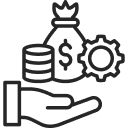 Wealth Management Software Development
Wealth Management Software Development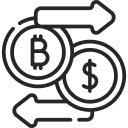 Cryptocurrency Exchange Platform Development
Cryptocurrency Exchange Platform Development Neobank App Development
Neobank App Development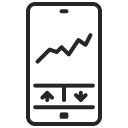 Stock Trading App Development
Stock Trading App Development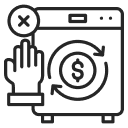 AML software Development
AML software Development Web3 Wallet Development
Web3 Wallet Development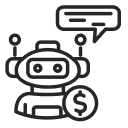 Robo-Advisor App Development
Robo-Advisor App Development Supply Chain Management Software Development
Supply Chain Management Software Development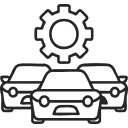 Fleet Management Software Development
Fleet Management Software Development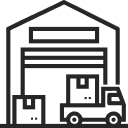 Warehouse Management Software Development
Warehouse Management Software Development LMS Development
LMS Development Education App Development
Education App Development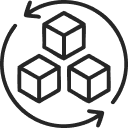 Inventory Management Software Development
Inventory Management Software Development Property Management Software Development
Property Management Software Development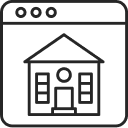 Real Estate CRM Software Development
Real Estate CRM Software Development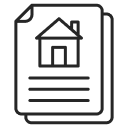 Real Estate Document Management Software
Real Estate Document Management Software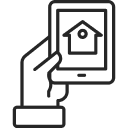 Construction App Development
Construction App Development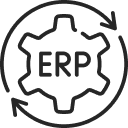 Construction ERP Software Development
Construction ERP Software Development





